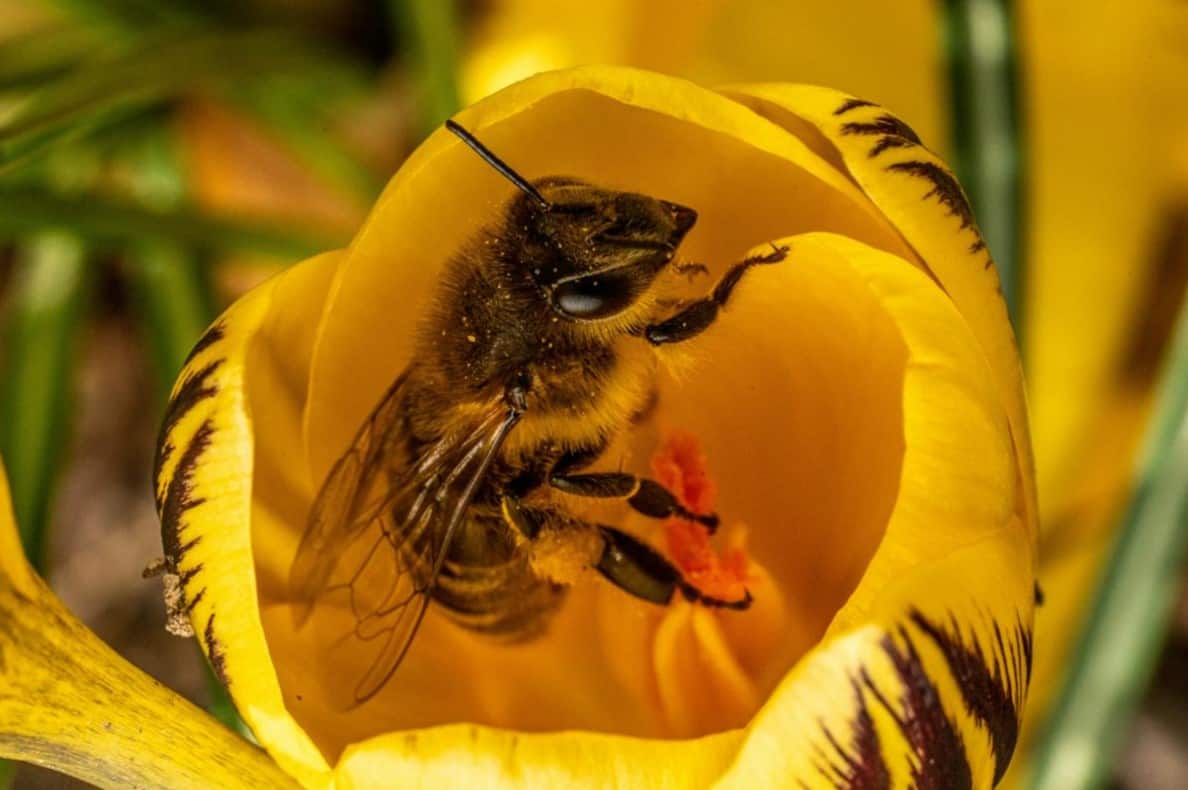One of the most popular and favored bee species in commercial beekeeping is the Italian Bee.
A subspecies of the European honey bee (Apis Mellifera), the Italian bee is so popular that it can be found among breeders from the cold climate to the subtropics.
This breed has a long history, and beekeepers love them because of their desirable characteristics.
In this blog post, we will discuss Italian honey bees and the characteristics that brought them to the top of the list among the most favored honey bees.

Italian Bee (Apis mellifera ligustica)
Beekeepers have developed an endearing fondness for the Italian honey bee due to its many desirable traits that help every beekeeper’s goal.
Origin
The Italian Bee is a type of bee that is foreign to the United States. As the name suggests, this bee species hails from Italy, where they are considered native bees.
Due to this breed’s remarkable characteristics, it has found its way and became popular in places far away from Italy.
The Italian bees were believed to have been introduced to the United States and the United Kingdom sometime in 1859. Despite the difference in climate and weather conditions, these bees have proven to be resilient. They easily adapt to their environment.
Because of this characteristic, it was not long before many bees of this breed found their way worldwide as more and more beekeepers developed a liking for them.
Today, these bees are predominantly found in North America, where many Italian queen bees are reared for sale.
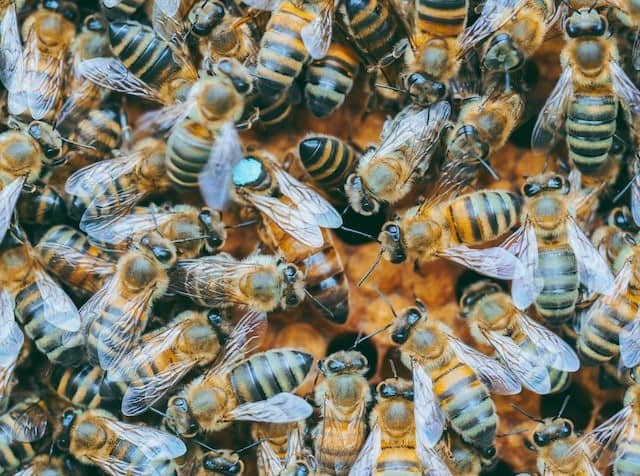
Appearance
Italian bees are medium-sized bees with a body length of about 15 mm or around half an inch.
They are characterized by their yellow-brown abdomen with dark brown bands. However, other strains may appear in other shades of yellow, such as bright yellow or very pale yellow.
These bees are known to have long tongues with a length of about a quarter of an inch, a physical trait that makes them excellent foragers.
Positive Traits of Italian Bees
Italian honey bees have exceptional traits that paved the way for their popularity around the world. It also made these bees so popular and well-loved by many beekeepers.
Gentle Temperament
Italian bees are known for their gentle nature. They are less likely to sting than other breeds of honey bees, making them a good choice for new beekeepers and hobbyists.
They are also very docile and are not easily provoked. These characteristics allow beekeepers to easily work with them and conduct hive inspections without too much fuzz.
These bees’ easygoing temperament equates to less likelihood of stinging. It just makes beekeeping a more enjoyable experience overall.
Excellent Foragers and Prolific Honey Producers
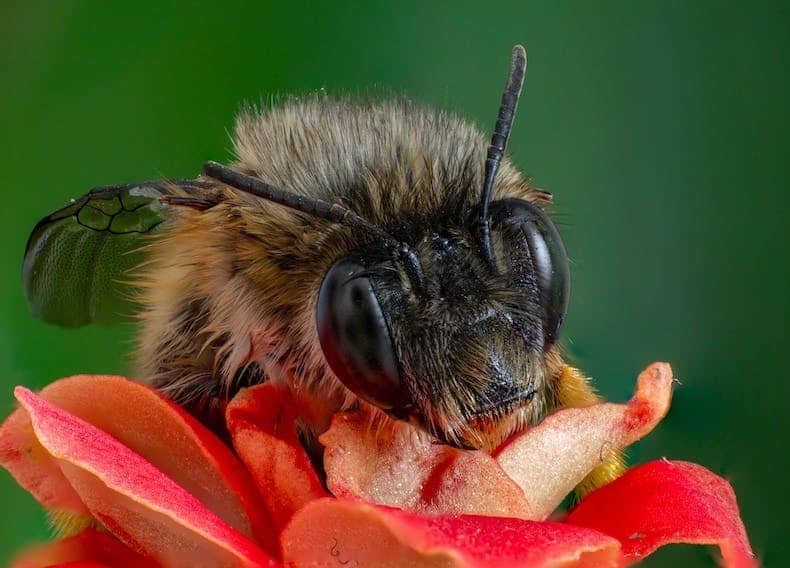
In commercial beekeeping, one factor that beekeepers greatly take into consideration when choosing a honey bee strain to keep is the ability to produce more honey.
Italian bees are regarded as the gold standard when it comes to honey production. They are excellent foragers and prolific honey-makers.
These bees are not picky on the floral sources. Italian bees tend to forage for nectar and pollen from a variety of plants.
Bees may either be short-tongued or long-tongued. One particular research has shown a distinction between the flower preferences of the two.
Those species with short tongues, like most Sweat Bees, tend to favor shallow flowers with readily accessible nectar and reject flowers with tubular corolla. On the other hand, bees with long tongues, like most honeybees and bumblebees, do not generally make any distinction between the two.
The long tongues of Italian honeybees give them the advantage of foraging for nectar, even from flowers with deep corollas.
The ability to gather nectar from many flowers (even those with long corollas) positively impacts the amount of nectar they bring back to the hive for sustenance and honey storage.
Adaptability

Italian honey bees can easily adapt to the environment they live in. They have the ability to acclimate themselves to a wide range of environmental conditions.
Most Apis mellifera ligustica strains can tolerate a wide range of temperatures. They can survive in colder climates. Italian honey bees would also thrive in regions with a warmer climate.
This adaptability paved the way for the introduction of this bee species to many regions around the world, including the UK, the US, Australia, and other parts of Europe.
Resistance to Disease
Compared with other honeybee species, Italian bees are less susceptible to diseases such as the American foulbrood and European foulbrood.
While no bee strain is completely resistant to diseases, the Italian honeybees have shown more tolerance than the others.
Negative Traits of The Italian Bee
No bee is completely without negative characteristics or weaknesses. The Italian honeybee is not an exception.
Despite the positive traits we have mentioned above, these bees do have some drawbacks worth noting.
High Brood Production Rate
Italian bees are also known for their brood production and early spring buildup, producing a large number of brood cells. This means that they can have a large colony in no time.
A large colony is equally important as more worker bees would forage for nectar and pollen to produce honey. However, this could also mean an overpopulated hive that could lead to swarming.
High Consumers of Stored Honey
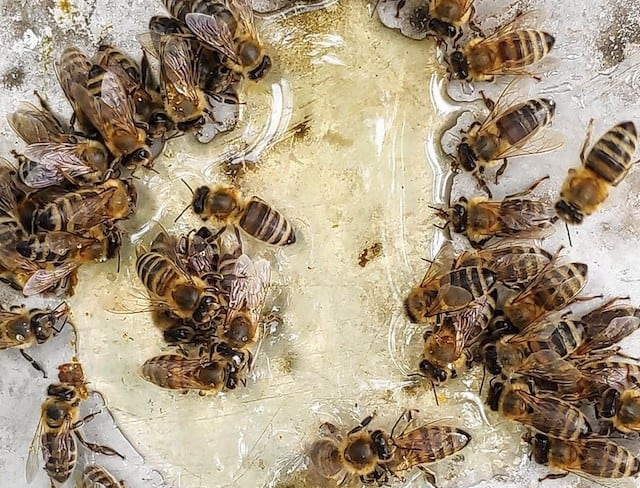
In addition, the high brood production rate increases food consumption. They need to have enough honey stores throughout the year to provide sustenance to the members of the colony.
Italian bees start rearing their brood in the early spring and end in late fall. As the brood grows, they need a constant supply of honey to sustain them.
The stored honey and pollen in the hive are used to provide food for these growing bees.
Hence, it is essential that these bees are kept in areas where there is continuous nectar flow. Otherwise, beekeepers would need to supplement their food with sugar water to help them survive.
Tendency to Swarm
The high brood production rate also results in a high population that could lead to swarming, another negative trait of Italian bees.
While swarming is a natural trait among bees to split the hive due to overpopulation or for survival, the Italian Honeybee species seems to have the propensity to do it more often than other races.
This is a problem even for an experienced beekeeper because it can lead to the loss of a hive. When the queen bee swarms with about half of the workers, the old hive is without a queen to manage the hive, leading to the eventual death of the whole colony.
Susceptibility to Mite Infestations
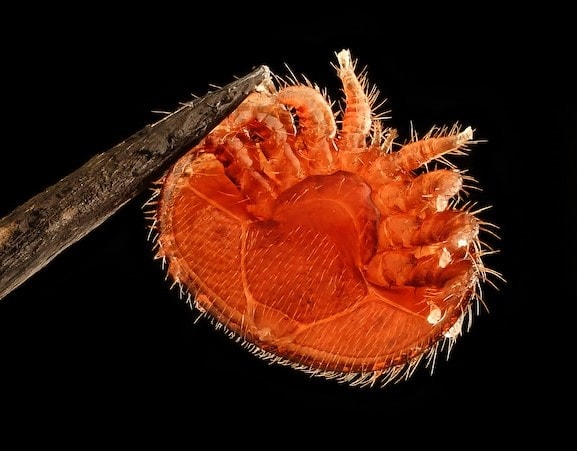
The Italian bee is known to be particularly susceptible to two mites: the tracheal mites (Acarapis woodi) and the varroa mite (Varroa destructor), a primary cause of colony loss.
According to one study, Russian bees have shown more resistance to Varroa mites than Italian bees.
Another study found that an African honey bee is more tolerant of Varroa mite infestations compared with an Italian honey bee or other honey bees of European origin.
It also showed that Africanized honey bees are more efficient in removing the infested brood.
Final Thoughts
The Italian honey bees have remarkable traits that make them favored among other bee strains.
Their characteristics of gentleness, ability to adapt to varying climates, prolific foraging capabilities, and excellent honey production make them a popular choice for beekeepers around the world.
The Italian Bee may require some attention in terms of mite infestations to keep the colony healthy and thriving.
Additionally, regular hive inspections should be conducted to stay updated with the colony, taking note of the bee population. Managing the hive’s population, such as splitting the hive, should be undertaken during excessive brood production.
Overall, the positive traits of Italian honeybees far outweigh the negative ones, making them one of the most popular and preferred honeybee species.
